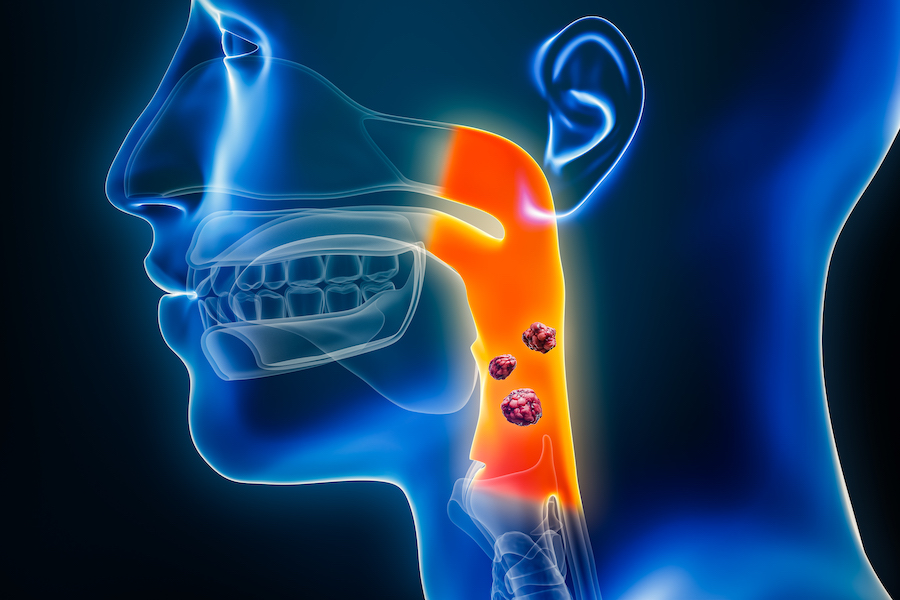Head and Neck Cancers

Understanding Head and Neck Cancers
Head and neck cancers occur when cancer cells grow quickly in areas like the mouth, throat, and nose. However, they do not include cancer in the brain or eye. These cancers can start in:
- The sinuses
- Inside or behind the nose
- Salivary glands (rare)
- The tongue and gums
- The roof of the mouth
- The voice box (larynx)
- Any part of the throat (pharynx)
Key Facts About Head and Neck Cancers:
- Number of people diagnosed: In 2024, about 58,450 people in the United States were diagnosed with head and neck cancers.
- At-risk individuals: Head and neck cancers are twice as common in men as in women and are commonly found in adults over age 50. Knowing the risk factors can help you or a loved one take steps toward early detection and care.
- Living with head and neck cancers: Thanks to continued advances in treatment and care, about 69% of people diagnosed between 2014 and 2020 lived at least five years after their diagnosis.
Head and Neck Cancer Risk Factors
- Tobacco use (smoking or chewing)
- Heavy alcohol use
- HPV (human papillomavirus) infection
- Occupational exposure
- Radiation exposure
- Underlying genetic disorder
Preventing Head and Neck Cancers
- Get routine screenings
- Avoid tobacco and limit alcohol
- Get the HPV vaccine
- Use condoms or dental dams
- Use sunscreen and wear big hats for sun protection
Taking these steps can help protect your health. If you have concerns about your risk of head and neck cancer, talk to your doctor.
What You Need To Know
Most head and neck cancers (about 9 out of 10) are called "squamous cell carcinoma." The most common type of cancer that occurs in the head and neck areas. Mouth is the most common starting place.
Treatment depends on where the cancer is in the body and at what stage. Treatment options may include surgery, radiation, or chemotherapy. Other treatment options include immunotherapy, which may have fewer side effects than traditional chemotherapy.
Resources
There are many reliable online resources to help you learn more about head and neck cancers. Whether you are looking for screening information, preventative measures, or other information about head and neck cancers, our health educators are here to provide you with the support and guidance you need. Send us your queries to coe@unmc.edu
Head and Neck Cancer Awareness Social Media Messages
Access and share downloadable social media messages to help spread awareness. For any queries on how to further collaborate, please email us: coe@unmc.edu
Alcohol Awareness Social Media Messages
Access and share downloadable social media messages to help spread awareness. For any queries on how to further collaborate, please email us: coe@unmc.edu